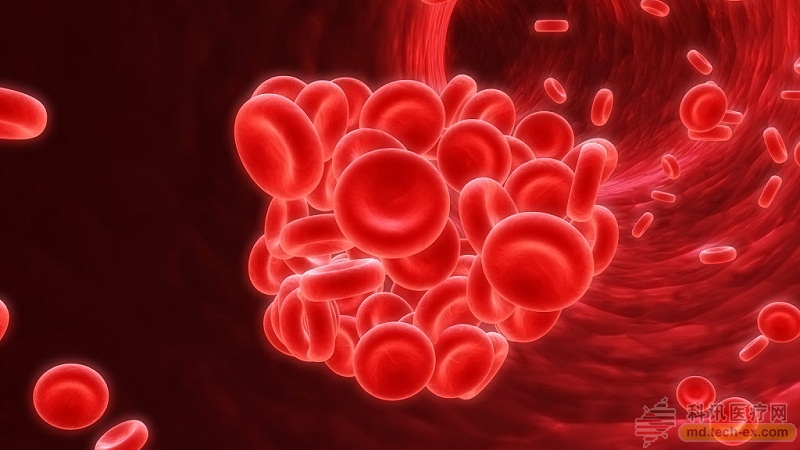Release date: 2016-11-08 The reporter recently learned from the College of Pharmacy of Guangdong Medical University that the school successfully synthesized two rare nanoporous rare earth metal-organic framework materials through international cooperation. This material can be used as a fluorescent probe to efficiently detect the concentration of metal ions such as iron ions. Quantitative analysis of Fe3+ in diseases such as skin diseases and anemia and monitoring of Fe3+ in the environment provide a simple and efficient method of detection. "Traditional fluorescent probes have problems such as weak fluorescence signal, poor selectivity, low sensitivity, and difficulty in recovery. Metal-organic framework fluorescent probes have simple methods, high sensitivity, good selectivity and response for metal ion detection. Speed ​​and other advantages." Liu Jianqiang said. Liu Jianqiang said that based on molecular engineering, two rare nanoporous rare earth metal-organic framework materials were synthesized by simple solvothermal method. The new materials were detected for different concentrations of ions, for iron ions and heavy The chromate ion exhibits a special sensitivity, a rapid decrease in the fluorescence intensity, and a selective adsorption of carbon dioxide. On the basis of exploring the laws of synthetic nanoporous rare earth metal-organic framework materials, the team applied the material to the field of fluorescent probes to efficiently detect metal ions. “The lower the detection limit value, the higher the sensitivity and the better the detection effect. In terms of the detection of iron ions, the detection limit of fluorescent probe made of nanoporous rare earth metal-organic framework material is much better than traditional materials.†Liu Jianqiang Say. "Nanoporous rare earth metal-organic framework materials as probe materials show good selectivity and sensitivity to iron ions, and have broad application prospects and development space in the fields of fluorescent probes and biomarkers." Guangdong Medical University Medicine Li Baohong, dean of the college, said. The study was completed by Dr. Liu Jianqiang from the college and Dr. Hou Lei from Northwestern University and Dr. Stewart Barton from Monash University in Australia. Relevant research results have recently been published in the international journal ChemPlusChem. Source: Technology Daily Beauty Tools,Best Beauty Tools,Beauty Care Tools,Hair Straightening Comb Shenzhen Jie Zhong Lian Investment Co., Ltd. , https://www.szmeizons.com